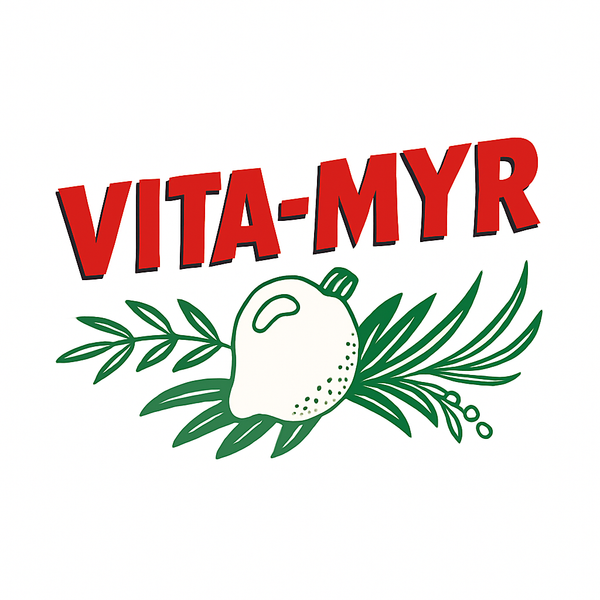The ancient Inca people prepared Maca by roasting the root, boiling it, and then mashing it into a paste. They would mix this paste with water or milk to create a beverage, or they would use it as a base for other dishes. They also dried Maca and ground it into a powder, which they would use as a flour to make bread and other baked goods.
Maca was an important part of the Inca diet because it was one of the few crops that could grow in the high altitudes of the Andes Mountains. It was considered a superfood by the Inca people, who believed that it had numerous health benefits. Some of the benefits they attributed to maca include increased energy and stamina, improved fertility, and better overall health and well-being.
Maca has been cultivated in the Andes for over 2,000 years, and it has played an important role in the diet and culture of the region. The Inca people believed that Maca was a sacred crop, and they used it in religious ceremonies and offerings. After the Spanish conquest of South America, Maca cultivation declined, and the plant became nearly extinct. However, in recent years, Maca has experienced resurgence in popularity due to its purported health benefits, and it is now grown and consumed around the world.

